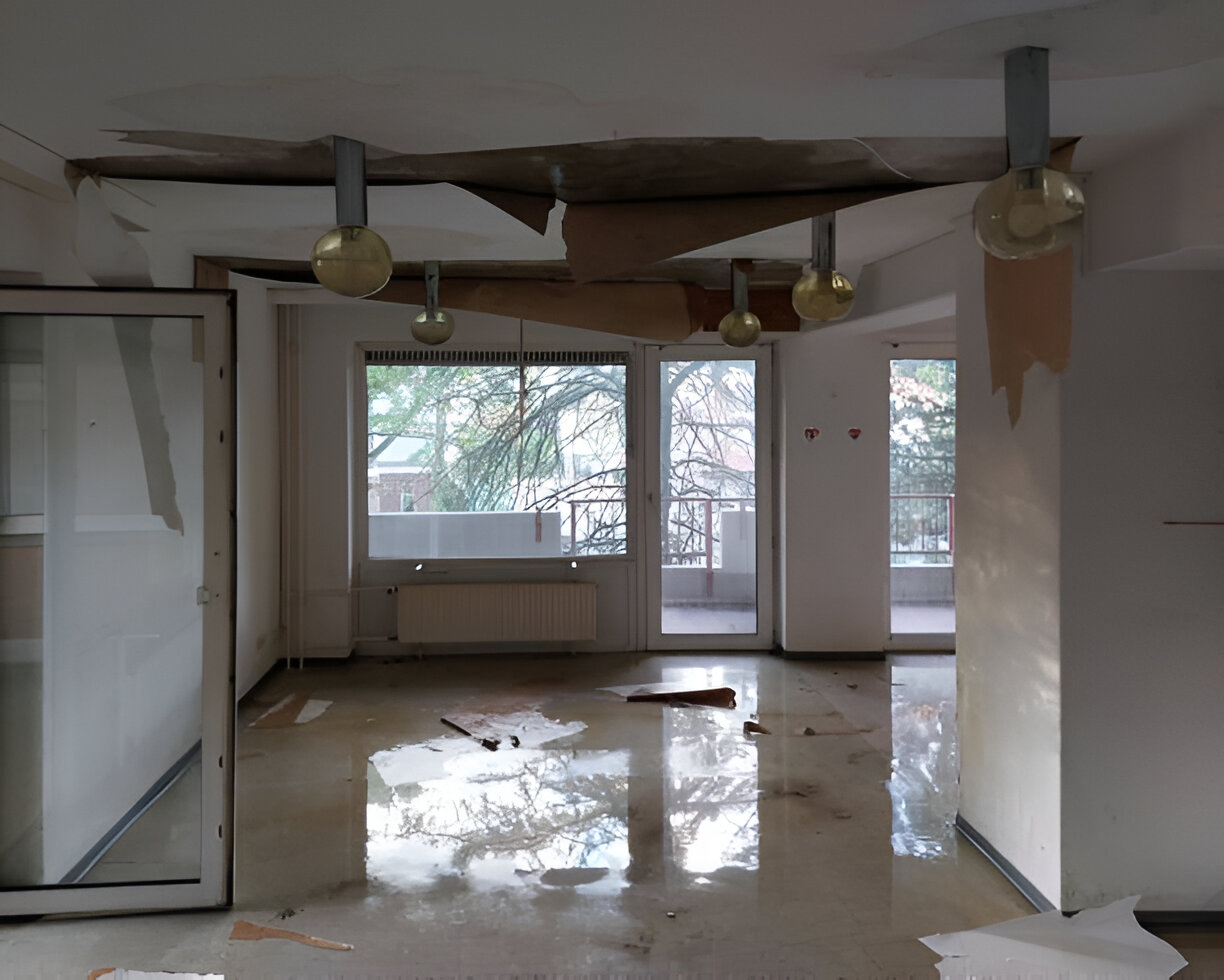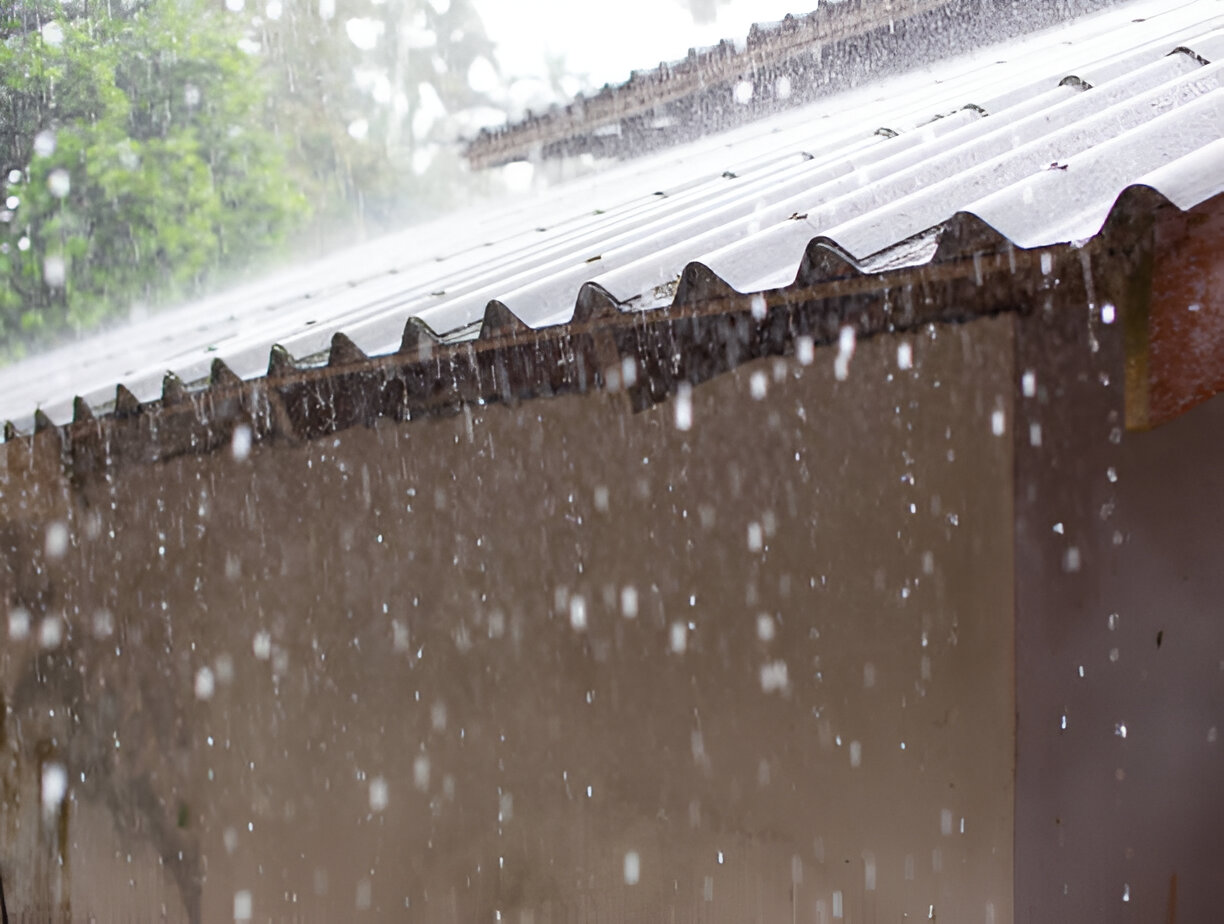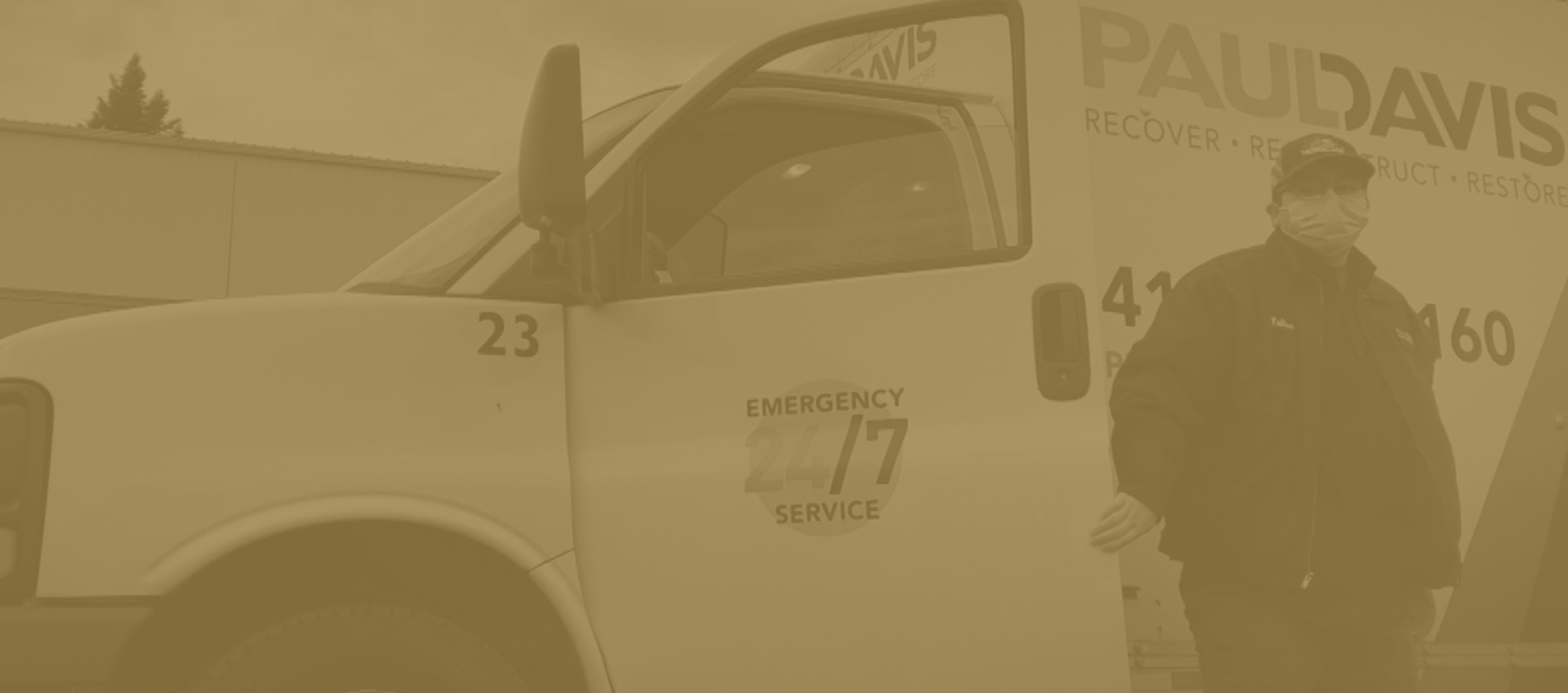The National Oceanic and Atmospheric Administration (NOAA) estimated that the US experienced over 28 separate weather and climate disasters in 2023-24, with damages exceeding $1 billion for each. Flooding in rain or storm surges is counted among the most expensive and hazardous events.
For cities such as Baltimore, the aging infrastructure is causing the risk of structural disasters. While the weather becomes harsher with climate change, homeowners need to be vigilant in ensuring their homes are well prepared for unforeseen circumstances or weather events.
Paul Davis of Greater Baltimore has stood the test of time in water disaster restoration and damage mitigation services in Baltimore. We strongly believe in guiding our customers on how to weatherproof their property for heavy rain and storm surges to make sure they stay protected year-round.
Understanding the Water Damage Risks in Baltimore
Baltimore is at heightened risk for the following extreme weather conditions, due to its location and climate changes:
- Heavy Rainfall: Thunderstorms and seasonal rains frequently hit the city and often overwhelm the drainage systems, leading to flooding.
- Storm Surges: The coastal proximity to the Chesapeake Bay elevates the threat of storm surges, especially during hurricanes and tropical storms.
- Urban Flooding: Aging infrastructure contributes to the worsening of flash floods in densely populated areas.
Keeping all these water damage threats in mind, the very first thing to invest in is weatherproofing. Every aspect of your house, from the foundations to the roof, should be inspected for delicate surfaces and weak structures, and repaired immediately.
How Exterior Protection Can Protect Against Rain & Storm?
When it comes to protecting your exterior surfaces and structural elements from rain and strong winds, focusing on maintenance and timely repairs can help a lot.
- Roof Inspection and Maintenance
The roof of your home is its first defense. Check for signs of:
- Loose or missing shingles
- Sagging or wear
- Improper flashing around chimneys and vents
Make sure gutters and downspouts are always clean and properly attached to ensure proper rainwater flow away from the foundation. You may also want to consider the installation of gutter guards to help prevent the accumulation of debris and the formation of ice dams during colder months, thereby limiting the need for water damage restoration in Baltimore.
- Seal Windows and Doors
Any cracks and gaps around windows and doors can lead to water intrusion. Use weather stripping to seal the openings and maintain it regularly. Using putty or caulk for sealing is also a good option. Storm shutters or impact-resistant windows can be considered for additional protection in extreme weather conditions.
In case of older homes, consider replacing old, inefficient windows with newer, weather-tight ones for the dual benefit of weatherproofing and low utility bills.
- Siding and Exterior Walls
Check for damage or deterioration of the wooden siding and exterior walls. Coat the damaged ones with a water-resistant paint or sealant. Replace any panels that are quite badly damaged as soon as possible to avoid moisture from penetrating. Brick houses should have their mortar joints inspected and repointed if necessary to maintain the watertight seals.
- Landscaping and Grading
Landscaping can be a big help in stormwater management:
- Slope the soil away from the foundation
- Rain gardens and bioswales can absorb runoff
- Install permeable pavers to reduce runoff from surfaces
- Trim trees to avoid damage from falling limbs
- Flood Barriers
In areas facing high hazards, flood barriers can be installed and put in place before storms:
- Sandbags, inflatable flood barriers
- Flood skirts and shields for doors and basement windows
- Foundation vents, allowing water to flow through while reducing pressure
- French drains and trench systems will intercept and redirect water
Read More: The Cost of Water Damage Restoration in Baltimore: What Homeowners Need to Know
How Interior Weatherproofing Can Protect Against Rain & Storm?
Just like exterior weatherproofing, getting your interior surfaces weatherproofed can help keep water and moisture-related damage at bay.
- Basement Waterproofing
Basements are usually the first to flood. The following measures are recommended:
- Waterproof coatings on interior and exterior walls
- Sump pump installation, including battery backup or water-powered options
- Dehumidification to reduce moisture levels and prevent mold
- Vapor barrier installation, either under flooring or behind drywall, for finished basements
- Check Plumbing and Appliances
Heavy rains can exert undue pressure on an otherwise balanced sewage system. Avoid backups by guaranteeing that:
- A backwater valve is installed,
- Water heaters, washing machines, and dishwashers are checked for leaks,
- Justifiably draining the water from HVAC units,
- Old pipes, those on their way to corrosion, are replaced to reduce the bursting hazard.
- Electrical System Safety
Water and electricity mix poorly. To avoid shock, make sure your electrical system complies with:
- Electrical panels, outlets, and wiring should be raised above the base flood elevation.
- Install GFCI receptacles in basements, kitchens, and bathrooms.
- Ensure a licensed electrician does an annual inspection of the system.
- Apply waterproof covers for external outlets.
Emergency Preparedness against Heavy Rain & Storm Surges
No matter how protected your property is, it is strongly recommended to stay prepared for emergencies such as a sudden water leak or property flooding.
- Make an Emergency Kit
Put together a kit containing essentials such as:
- A flashlight with batteries
- Non-perishable foods and a 3-day supply of bottled water
- Drugs and First Aid supplies
- Battery-powered radio
- Blankets, toiletries, backup chargers for mobile phones, maybe
- Important documents in waterproof containers (insurance policy, IDs, prescriptions)
- Develop a Family Evacuation Plan
Know your evacuation routes along with a way to communicate during the process. Set a safe point and ensure everyone in the family knows the way to get out. A list of emergency contact numbers must be shared among all.
- Install a Generator
During storms, power outages are quite common. Standby generators ensure that important operations, such as sump pumps and refrigerators, stay online. Portable generators do help, but must be used carefully- they should never be placed indoors and always have proper ventilation.
- Invest in Smart Home Technology
Go into smart sensors and monitoring systems:
- Water leak detectors with smartphone alerts
- Flood alarms that give early warnings
- Smart thermostats, lighting control, and sump pump monitors
Such devices will keep you instantly posted and let you respond right away, even when not at home.
- Insure Against Water Damage
Many conventional homeowners’ policies do not cover damage due to flooding. Look through your policy and decide whether to pursue:
- Flood insurance under the National Flood Insurance Program (NFIP)
- Sewer backup coverage
- Contents insurance for your belongings in the basement or low areas
Keep Water Damage At Bay- Partner with Paul Davis of Greater Baltimore Now
No matter what precaution is taken, a severe weather event can occur that causes damage. This is where Paul Davis of Greater Baltimore comes into play. We provide:
- 24-hour Emergency Service
- Water Damage Restoration
- Mold Remediation
- Structural Repairs
- Contents Cleaning and Restoration
Our professionals have been trained well and follow modern restoration techniques using the latest state-of-the-art equipment to restore your home quickly and safely. Whether it is water extraction, mold removal, rebuilding, or storm damage restoration, rest assured that the restoration will be done professionally.
Conclusion- Weatherproof Your Property For Protection Against Water Damage
Weatherproofing your home is becoming a necessity because of unpredictable climate situations, coupled with mounting storms. The Baltimore homeowners must take the initiative now to protect their homes, families, and investments. From exterior improvements, interior reinforcements, and intelligent technologies, every kind of mitigation counts.
Paul Davis of Greater Baltimore is much more than just a restoration company- we are your partners in prevention and recovery. Our team is eager to assist you in comprehensive home inspections, emergency storm response, or mitigation strategies. Do not wait until disaster strikes. Contact us to protect your home today-so that you are prepared for tomorrow.






